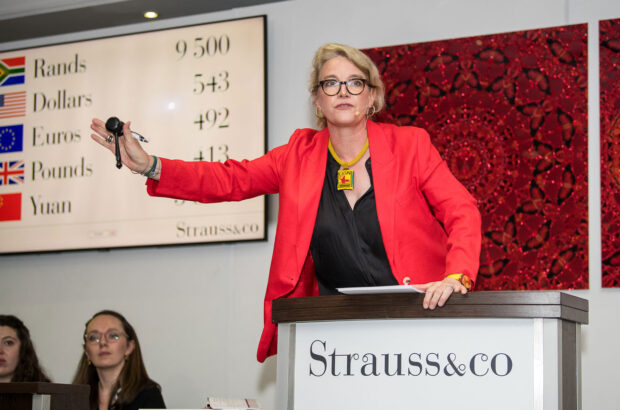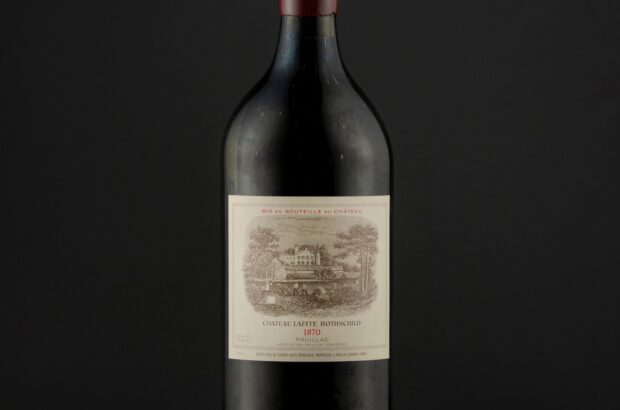Glenmorangie today officially opens the Lighthouse, its experimental distillery in the Highlands, with clear signals that the Scotch brand wants to expand its range into whiskies other than single malt. Dr Bill Lumsden, Glenmorangie’s director of whisky creation, came up with the concept for the Lighthouse five years ago, with construction beginning in 2018 before being delayed by the pandemic.
Scotch malt whisky is made using malted barley; Glenmorangie sources all of its barley from Scotland, and mostly from farms within the Highland region. Other crops can also be harvested to make Scotch grain whisky, including wheat, with grain spirit forming the backbone of blended whiskies and increasingly being bottled from single distilleries.
Glenmorangie, which was founded in 1843 and bought by French luxury goods giant LVMH in 2005, shifted its focus from blended Scotch whiskies more than a decade ago to concentrate on its single malt.
Experimentation station

Whisky stills inside Glenmorangie’s Lighthouse distillery
The Lighthouse is expected to experiment with rye as a raw material, which has already proved popular at the smaller, family-run Arbikie distillery in Angus. Lumsden also enjoys the taste of spirits made using corn instead of wheat. ‘It gives a tastier grain whisky, with a slightly more viscous mouthfeel,’ he explained during a tour of the Lighthouse.
‘The advantage of using different grains would be that we’re creating different flavour profiles, which is often the starting point for my experiments.’
As well as using different raw materials in the Lighthouse, Lumsden has two full-sized spirit stills at his disposal, matching the five-metre height of the main distillery’s still necks, the tallest in Scotland. A water jacket around the neck of one of the experimental stills can cool the spirit and, in effect, double the ‘height’ of the still to produce even lighter and more floral flavours.
In contrast, switching between copper and stainless-steel condensers will allow Lumsden to make a heavier and more viscous spirit in the Lighthouse.
The equipment in the Lighthouse will also allow Lumsden to experiment with yeasts, which is commonplace within beer brewing but less so with whisky distilling. His work on grains and spirits builds on his extensive experiments to age whiskies.
During his 27 years with Glenmorangie, Lumsden has pioneered whisky ‘finishes’, with the spirit spending around 10 years in ex-bourbon barrels before being transferred to wine casks for several months to add flavours.

Dr Bill Lumsden, outside the Lighthouse distillery
Time for change?
Whisky fans won’t immediately see a grain whisky in the company’s range though. ‘We’re not there yet,’ said Thomas Moradpour, president and chief executive at The Glenmorangie Company.
‘Nothing happens in days or months – we have time to experiment, to see what we like, to see what consumers may like, before commercialising it in five or 10 years’ time. It’s a very long game.’
Yet Moradpour is clearly open to the idea of a non-malt whisky. ‘Consumers today don’t think in categories, they think across categories,’ he added.
While visitors to Glenmorangie won’t be able to tour around the 20m-tall Lighthouse, which was designed by Paris-based Barthélémy Griño Architects, they can see its stills through some of the striking building’s full-length windows.
The brand has also launched a limited-edition, 12-year-old whisky to commemorate the opening of the Lighthouse.







